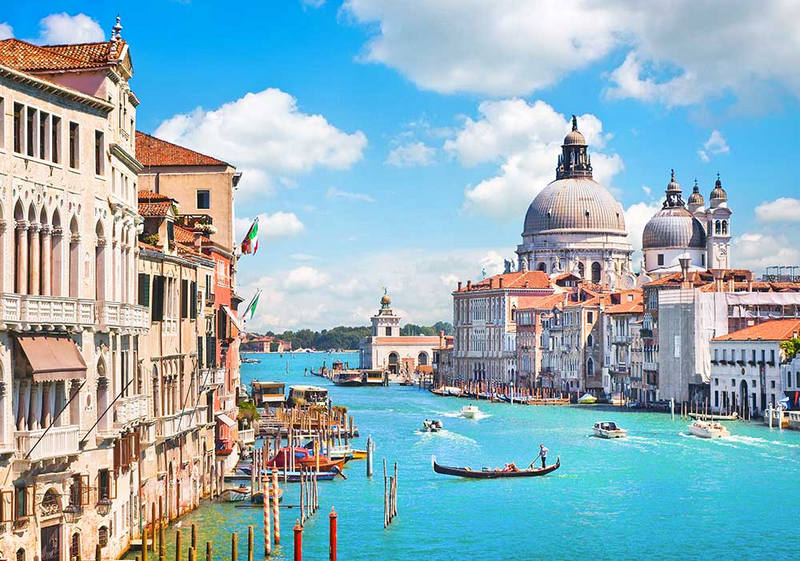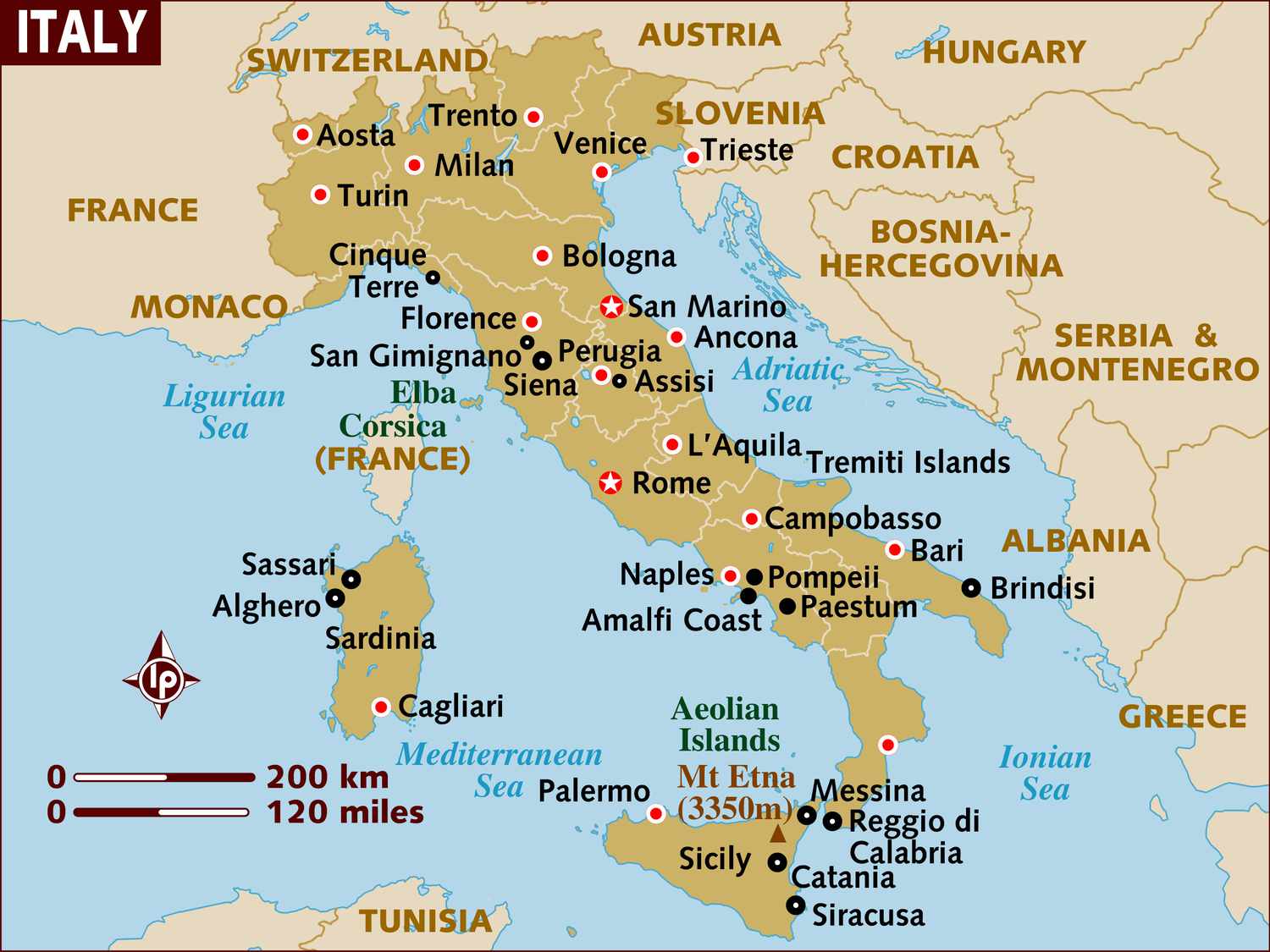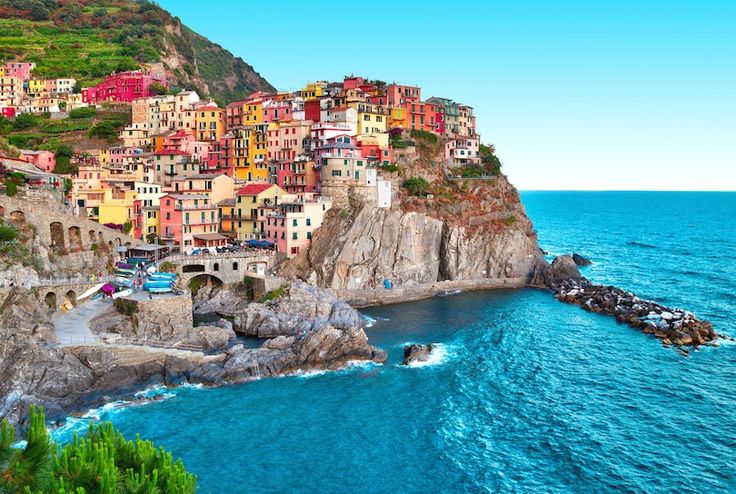Italy attracts visitors throughout the year with its timeless allure. However, the crown jewel of moments to experience the Bel Paese unfolds during the autumn months, from September to November. This season is the Best time to Visit Italy as it boasts a perfect blend of favorable weather, reduced accommodation costs, and diminished tourist throngs, rendering it the prime time to immerse oneself in Italy’s splendor.
As the scorching heat of summer mellows into a gentle warmth, Italy’s landscapes transform into a symphony of vibrant hues, beckoning travelers to explore its wonders without the stifling crowds. Iconic landmarks such as the Colosseum and the Vatican exhale a sigh of relief as the summer rush dissipates, allowing visitors to savor their grandeur with greater ease.
Regardless of the season you choose to embark on your Italian odyssey, a deeper understanding of Italy’s climate, festivities, and culinary delights awaits. Dive into a world where every moment is an opportunity to savor la dolce vita amidst breathtaking scenery and cultural treasures.
The Weather in Italy
The climate in Italy showcases a diverse range of conditions, dictated by geographical location. Northern Italy, nestled near the Alps, experiences a stark climate characterized by cold winters and sweltering, humid summers. Conversely, central Italy enjoys a temperate climate that persists throughout the year. Southern Italy boasts consistently warm temperatures across all seasons.
In Milan, temperatures fluctuate dramatically, plummeting to as low as 28 degrees Fahrenheit in winter and soaring to a sizzling 85 degrees Fahrenheit in July. In contrast, Rome offers a milder climate, with winter lows typically hovering in the 40s and summer highs reaching the pleasant 80s.
Peak Season in Italy
The peak season in Italy generally spans from mid-May to August, drawing visitors from all corners of the globe. While August sees many Italians on their holidays, tourists from elsewhere fill the gap, driving airfares and hotel rates to their peak. Summer presents an ideal time to explore Italy, benefiting from its stunning weather. However, anticipate larger crowds at popular attractions compared to quieter times of the year.
 January is an ideal time to explore Italy for those unfazed by chilly weather. Winter brings with it a flurry of cultural activities, with opera, symphony, and theater performances in full swing. For the adventurous souls, Italy’s majestic mountains beckon ample opportunities for winter sports. Despite its reputation, February presents an excellent opportunity for budget-conscious travelers to experience Italy. However, be prepared for cold and damp conditions and dress accordingly.
January is an ideal time to explore Italy for those unfazed by chilly weather. Winter brings with it a flurry of cultural activities, with opera, symphony, and theater performances in full swing. For the adventurous souls, Italy’s majestic mountains beckon ample opportunities for winter sports. Despite its reputation, February presents an excellent opportunity for budget-conscious travelers to experience Italy. However, be prepared for cold and damp conditions and dress accordingly.
March may start similarly to February, with lingering cold and dampness, but as the month progresses, Italy begins to bloom. Sunshine becomes more abundant, and vibrant wildflowers, tree blossoms, and gardens adorn the landscape. With lower tourist crowds, March proves to be an opportune time for exploration.
April marks the onset of Italy’s shoulder season, offering pleasant weather and attractive prices for visitors. Perhaps the Best time to Visit Italy. It’s important to note that Easter often falls within this month, a widely observed holiday in Italy. Consequently, travelers may encounter closures of shops, restaurants, and tourist attractions. However, witnessing Holy Week processions during Easter can be a memorable experience.
In May, temperatures rise, and tourist crowds begin to swell. Longer daylight hours provide ample opportunities for exploration and beach outings. By June, tourist numbers peak, although temperatures remain favorable before reaching their zenith. Despite potentially higher costs, June promises a quintessential Italian holiday experience basked in sunlight.
Summer in Italy, particularly July, boasts abundant sunshine and invites visitors to indulge in the country’s stunning beaches. This month also plays host to a plethora of vibrant summer festivals, outdoor concerts, and theatrical performances. However, heightened tourist activity results in increased prices for accommodations and flights.
In August, Italians embark on their vacations, yet the nation remains bustling with tourists. Expect the weather to be hot, and in many regions, humid too, with crowds flocking to popular attractions such as The Last Supper and the Colosseum. While major cities retain their vibrant energy, smaller towns and villages may exude a quieter ambiance.
As the sweltering summer heat gradually wanes and vacationing Italians return, autumn emerges as an optimal time to experience Italy. Fall brings with it culinary delights like truffles and wild mushrooms, along with an array of festivals and cultural happenings, all amidst a more temperate climate compared to the summer months. Septemeber is also the Best time to Visit Italy.
October heralds the onset of Italy’s shoulder season, marked by reduced prices across the board. Harvest festivals celebrating wine, mushrooms, and truffles abound, offering ample opportunities for cultural immersion. By November, airfares plummet, sometimes dipping as low as $500 round-trip from the U.S., while the landscape transforms into a tapestry of breathtaking fall foliage.
In December, temperatures begin to drop, and snow becomes a common sight in many regions. Surprisingly, tourism experiences a lull in the early part of the month before resurging around Christmas. For many, fulfilling the dream of spending Christmas at the Vatican remains a cherished aspiration.

Popular Events and Festivals in Italy
The beginning of the New Year in Italy ignites with jubilant festivities, echoing the joyous spirit that sweeps across Europe during Epiphany. This cherished occasion marks the arrival of the Magi, bearing gifts in homage. Following this spirited start, February ushers in Carnevale, a vibrant affair teeming with parades and masked balls reminiscent of the exuberant Mardi Gras festivities, serving as a lavish prelude to the solemn period of Lent, culminating in Ash Wednesday.
As spring unfolds its splendor, Italy blossoms with a plethora of events, many of which center around the Easter holiday, imbuing the season with profound religious significance and cultural fervor. With the advent of summer, the Italian landscape transforms into a stage for open-air festivals and gatherings, epitomized by the illustrious Palio horse race, an age-old tradition captivating spectators in the historic city of Siena.
In fall, attention turns to the bountiful offerings of the land, with a particular focus on gastronomic delights such as prized truffles and wild mushrooms, celebrated with gusto throughout the country. And as the year draws to a close, December emerges as a time of deep-rooted traditions and festive cheer, as Italians honor the Feast Day of the Immaculate Conception, Santa Lucia Day, Christmas Eve, and Christmas Day, along with Saint Stephen’s Day and various other saints’ feast days, weaving a tapestry of joy and reverence that enriches the cultural fabric of Italy.
Best Time to Visit Italy for Good Weather
Late spring and early fall herald delightful seasons for a journey to Italy. In the balmy months of May and September, travelers are greeted with pleasant weather, devoid of the scorching heat that characterizes the peak of summer. These months offer an ideal climate for basking in the sun, taking refreshing dips, and delving into the rich tapestry of historic Italian cities.
Best Time to Visit Italy for low Crowds
Many tourists flock to Italy during the peak season, lured by the promise of a sun-drenched Mediterranean getaway. However, for those seeking a quieter and more serene experience, venturing to Italy during the winter months presents an enticing alternative. As the crowds dissipate in major urban centers, visitors can enjoy ample space and freedom to leisurely explore the country’s rich cultural treasures.
